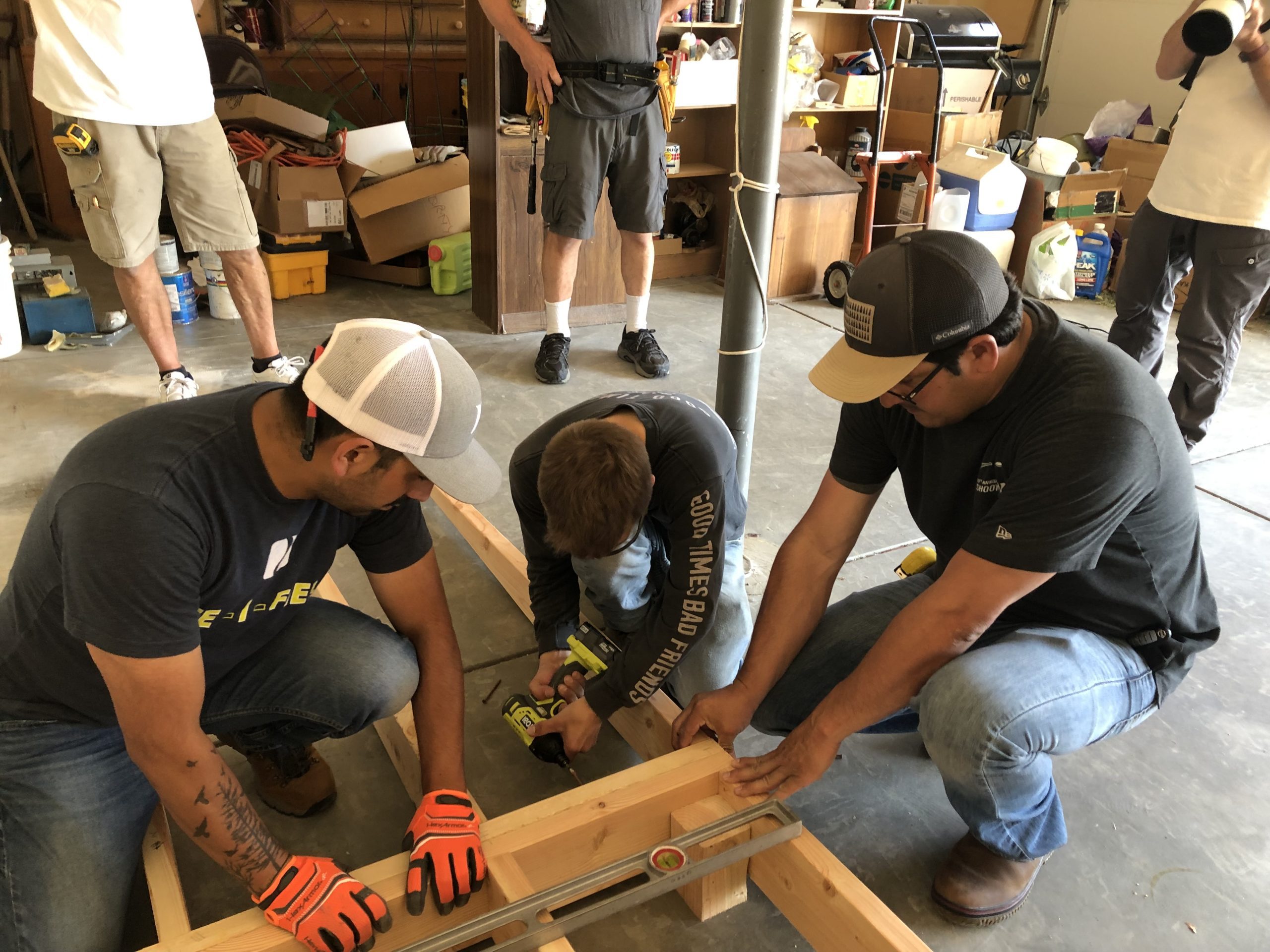Not wearing Personal Protective Equipment (PPE) can have serious consequences in the workplace, leading to injuries, illnesses, and even fatalities. Here are some shocking statistics that underscore the importance of using PPE:
- According to the U.S. Bureau of Labor Statistics, in 2021, there were 2.6 million nonfatal workplace injuries and illnesses reported by private industry employers. Many of these incidents could have been prevented or mitigated with the proper use of PPE.
- The International Labor Organization (ILO) estimates that approximately 2.8 million workers die yearly from occupational accidents and work-related diseases, and an additional 374 million workers suffer from non-fatal occupational accidents. Proper PPE usage could significantly reduce these numbers.
- A study by the Centers for Disease Control and Prevention (CDC) revealed that 20% of construction workers reported not wearing required eye protection, even though construction-related eye injuries account for up to 10% of all eye injuries requiring medical treatment.
- According to the Occupational Safety and Health Administration (OSHA), around 1,000 eye injuries occur daily in American workplaces, and 90% of these injuries could be prevented with proper eye protection.
- OSHA also estimates that workplace noise-induced hearing loss affects 22 million workers in the United States annually. Approximately $242 million is spent on worker’s compensation for hearing loss disability, which could be reduced using hearing protection devices.
- In 2021, OSHA reported that 5,190 workers died from work-related injuries in the United States, with 19% of those fatalities occurring in the construction industry. Many of these fatalities were due to falls, being struck by objects, electrocutions, or being caught in/between incidents – risks that can be mitigated with appropriate PPE.
- Research indicates that only 29% of workers who sustained hand injuries in the workplace wore gloves at the time of their injury. Proper glove use could have potentially prevented many of these injuries.
These statistics highlight the importance of wearing PPE to protect workers from potential hazards and minimize the risk of injuries and fatalities in the workplace. Employers should ensure that PPE is provided, and workers are adequately trained in its use, contributing to a safer work environment.

The Benefits of Wearing Personal PPE
Personal Protective Equipment (PPE) refers to specialized clothing, equipment, or devices designed to protect workers from potential hazards, including physical, chemical, biological, radiological, and mechanical dangers in their work environment. PPE is essential in maintaining a safe and healthy workplace, and its importance cannot be overstated. Here are some reasons why wearing PPE is crucial:
- Protects against injuries and illnesses: PPE is a barrier between workers and potential hazards, minimizing the risk of injuries, infections, or exposure to harmful substances. It can protect the skin, eyes, respiratory system, and other body parts from various threats, including cuts, burns, chemicals, and infectious agents.
- Compliance with regulations: Employers are required by law to provide appropriate PPE and ensure that workers use it correctly. Wearing PPE is not only a best practice but also a legal requirement in many countries, with organizations like OSHA in the United States enforcing these regulations.
- Reduces downtime and associated costs: Injuries and illnesses can lead to employee absenteeism, decreased productivity, and increased workers’ compensation claims. PPE can help prevent these issues by reducing the likelihood of workplace accidents and the associated financial burdens.
- Boosts worker morale and productivity: Employees who feel safe and protected at work are likelier to be engaged and productive. Providing and enforcing PPE demonstrates an employer’s commitment to worker safety, which can contribute to a positive work environment.
- Protects the public: In some industries, such as healthcare, properly using PPE is crucial in protecting patients or the public from infections and other hazards. By wearing PPE, workers in these settings can prevent the spread of diseases, reducing the risk of outbreaks and improving public health.
- Supports a safety culture: When organizations prioritize safety, it fosters a culture of responsibility and care. Wearing PPE and adhering to safety protocols can help create a positive safety culture, which benefits everyone involved.
- Customization for specific hazards: PPE is designed to address specific risks in various industries, making it an effective solution for a wide range of workplace hazards. From construction to chemical laboratories, PPE can be tailored to provide the appropriate level of protection.
To ensure the effectiveness of PPE, it is essential to select the right equipment for the job, provide proper training on its use, and perform regular maintenance and inspections. By doing so, workplaces can significantly reduce the risk of injuries and illnesses, promoting a safe and healthy work environment. Until next time…Work Safe & Be Safe!




